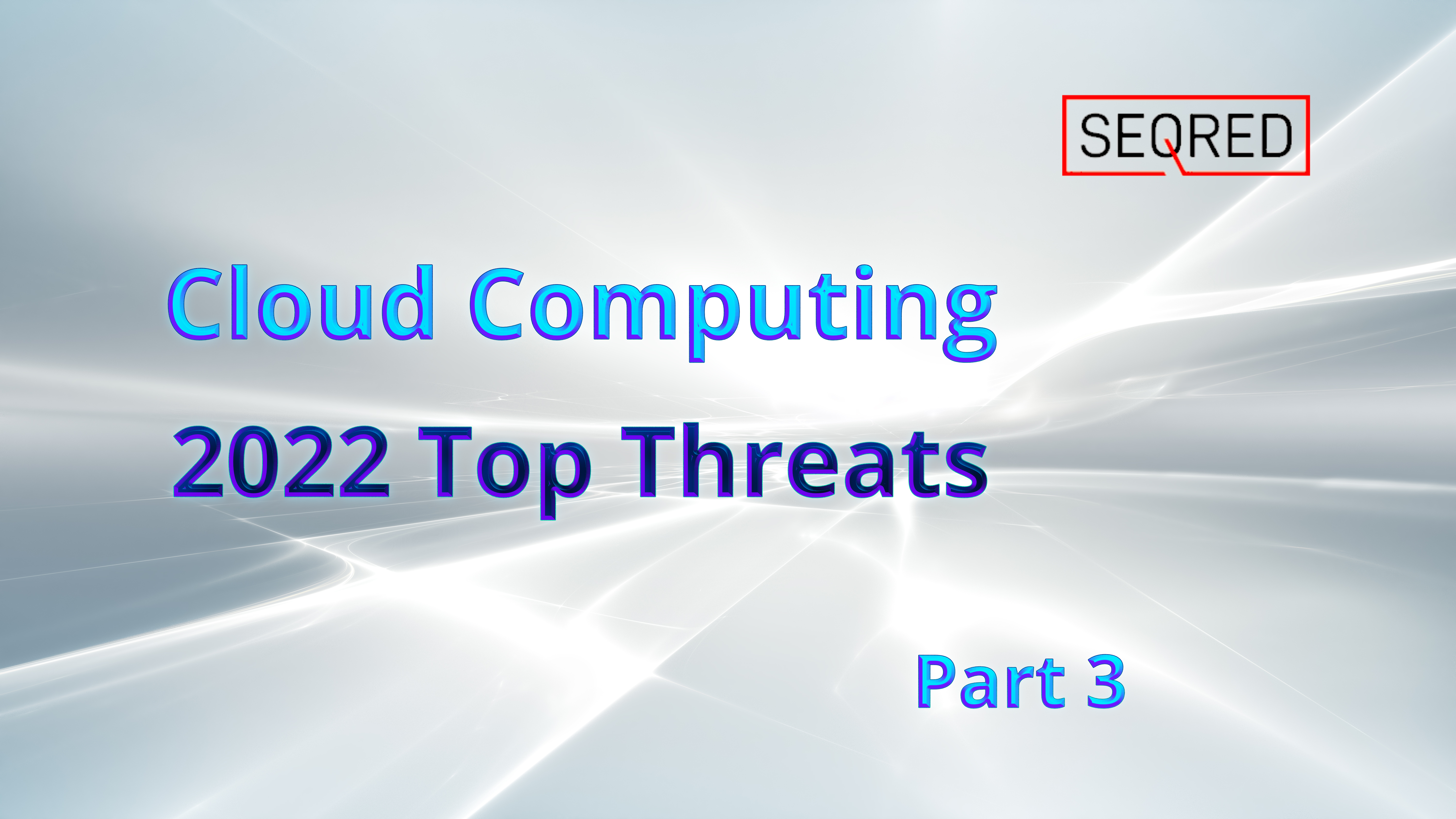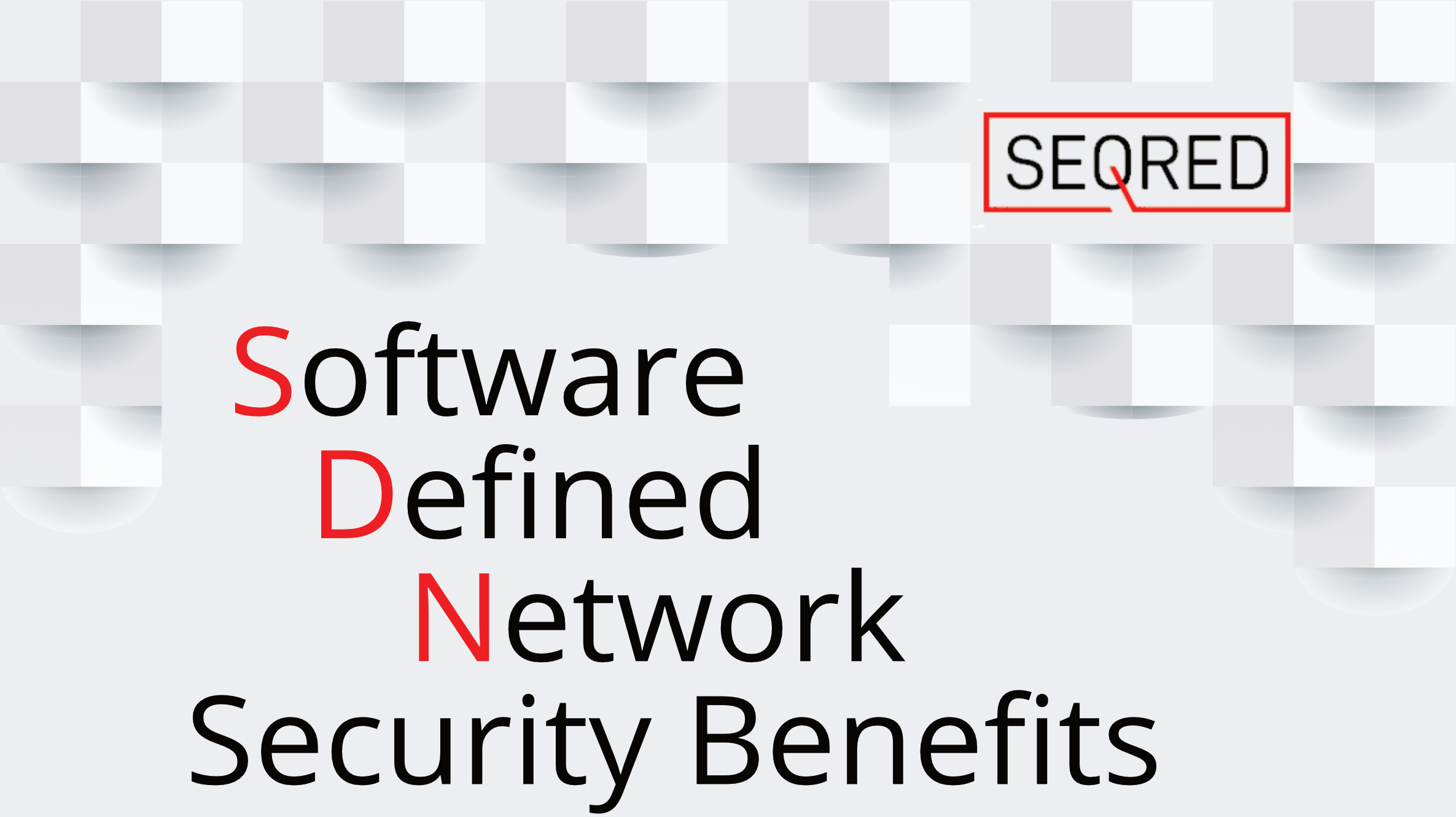Cloud Computing – 2022 Top Threats – part 3

Lack of Cloud Security Architecture
and Strategy
A cloud security strategy and architecture are essential for ensuring the safety and success of cloud endeavors. This includes considerations of such elements as:
- Cloud deployment models
- Cloud service models
- Cloud service providers
- Service region availability zone
- Specific cloud services
Without proper planning and design, organizations are at risk of cyber-attacks, fines, and breaches. Additionally, without these security goals, meeting compliance requirements can be costly and difficult to implement. Therefore, it is important to consider cloud deployment models, service models, service providers, and security controls when creating a cloud security strategy and architecture. Doing so will help organizations become more resilient to cyber-attacks and efficiently meet compliance goals.
Insecure Software Development
Software is complex and cloud technologies can add to this complexity, creating unforeseen functionality which could be used by threat actors to exploit systems more easily. Taking on a cloud-first approach can help to alleviate maintenance and security stress, as well as free up resources to be invested in more impactful business priorities. CSPs offer features such as IAM and secure CI/CD, allowing developers to focus on the essence of the business itself. It is important to ensure that developers understand their shared responsibilities with the CSP, such as who is responsible for a web application error or a 0-day exploit. Unfortunately, software bugs with security implications occur ongoingly, but cloud technologies can allow companies to hone their focus on their unique business, while the CSP takes care of the rest.
Insecure software development can have various detrimental effects, such as a loss of customer confidence, damage to a company‘s brand reputation from a data breach, and the potential for legal and financial repercussions from lawsuits.
Unsecure Third-Party Resources
In today‘s world of rapidly increasing cloud computing adoption, third–party resources can range from open-source code to Software–as–a–Service (SaaS) products and application programming interface (API) all carrying in themselves potential risks of abuse by threat actors. These supply chain vulnerabilities are inherent in every product or service consumed and have become even more exploitable due to the increasing dependence on third-party services and software-based products. According to Colorado State University, two-thirds of cyber breaches can be attributed to the supplier or third-party vulnerabilities. As a product or service is a compilation of the other products and services used in its creation, any point in the chain can be manipulated and cause a domino effect. Therefore, malicious hackers often aim for the weakest link as an entry point for their attacks, using SaaS and open-source software to expand their reach and maximize damage.
The result of unsecured third-party resources can include the loss or stoppage of key business processes or the accessing of business data by outside parties.





0 Comments